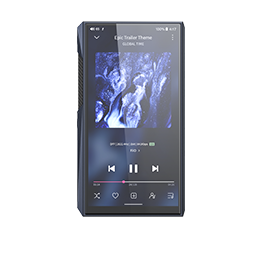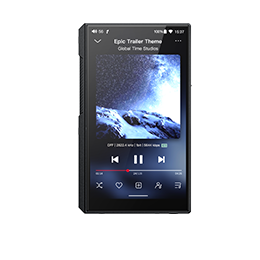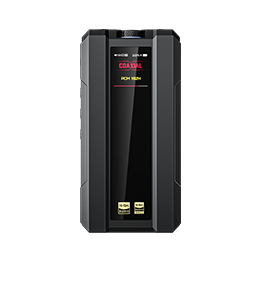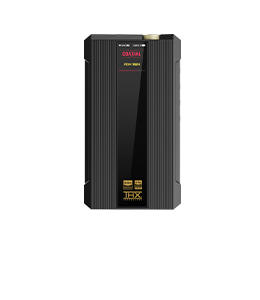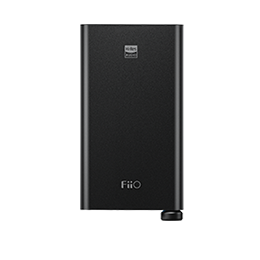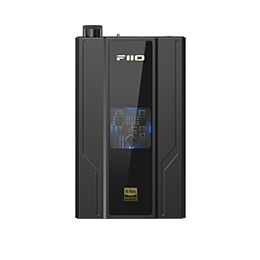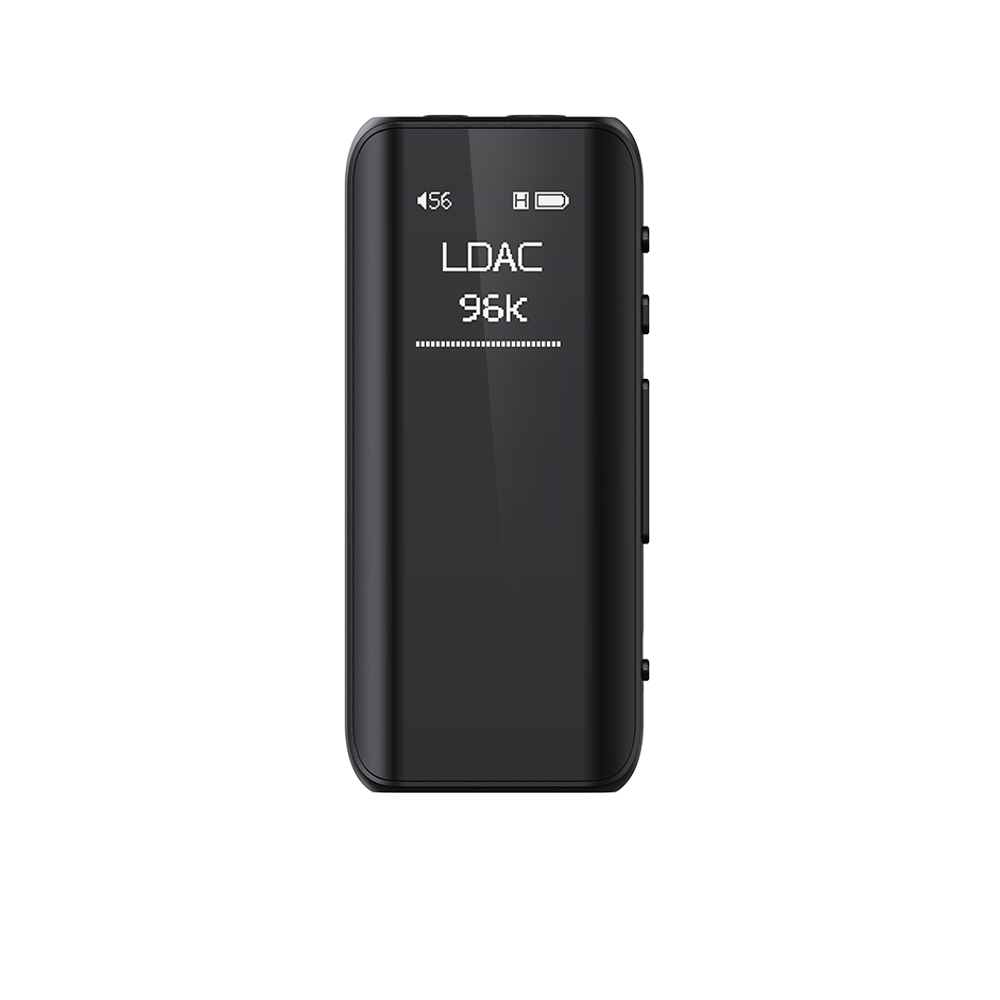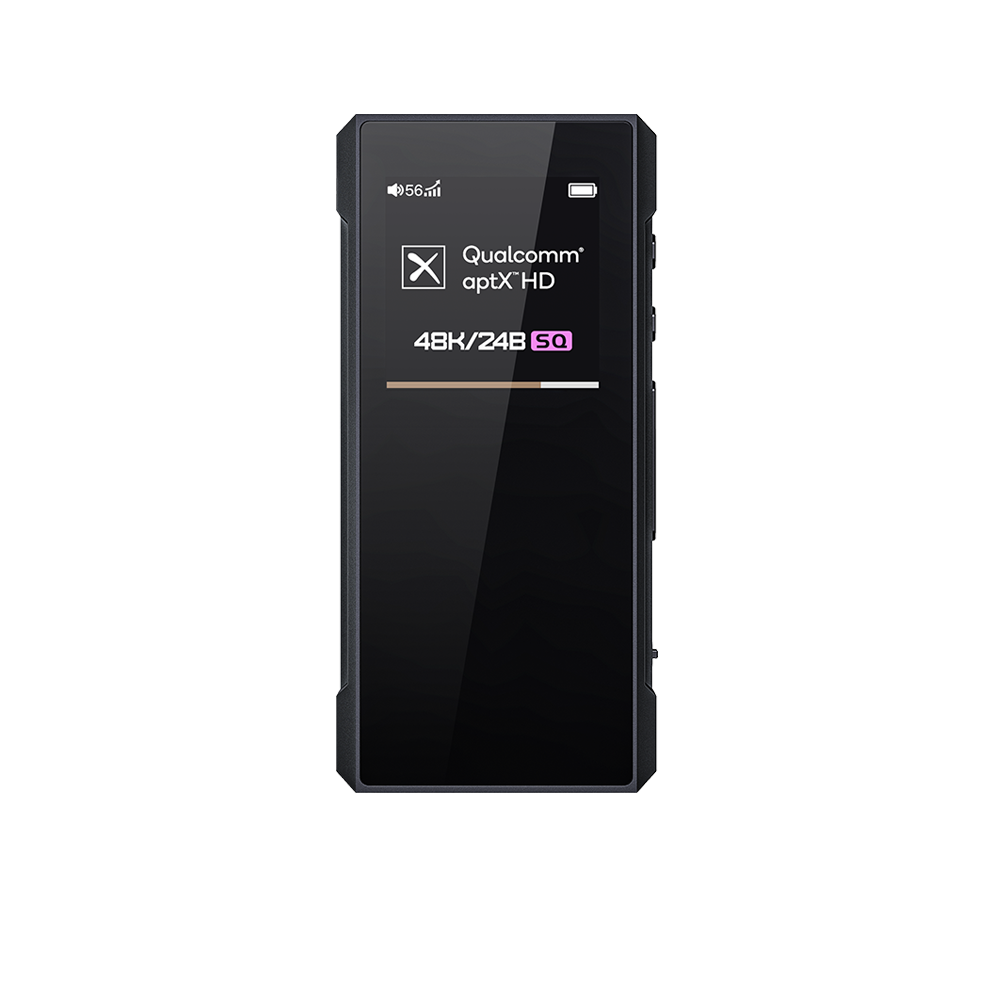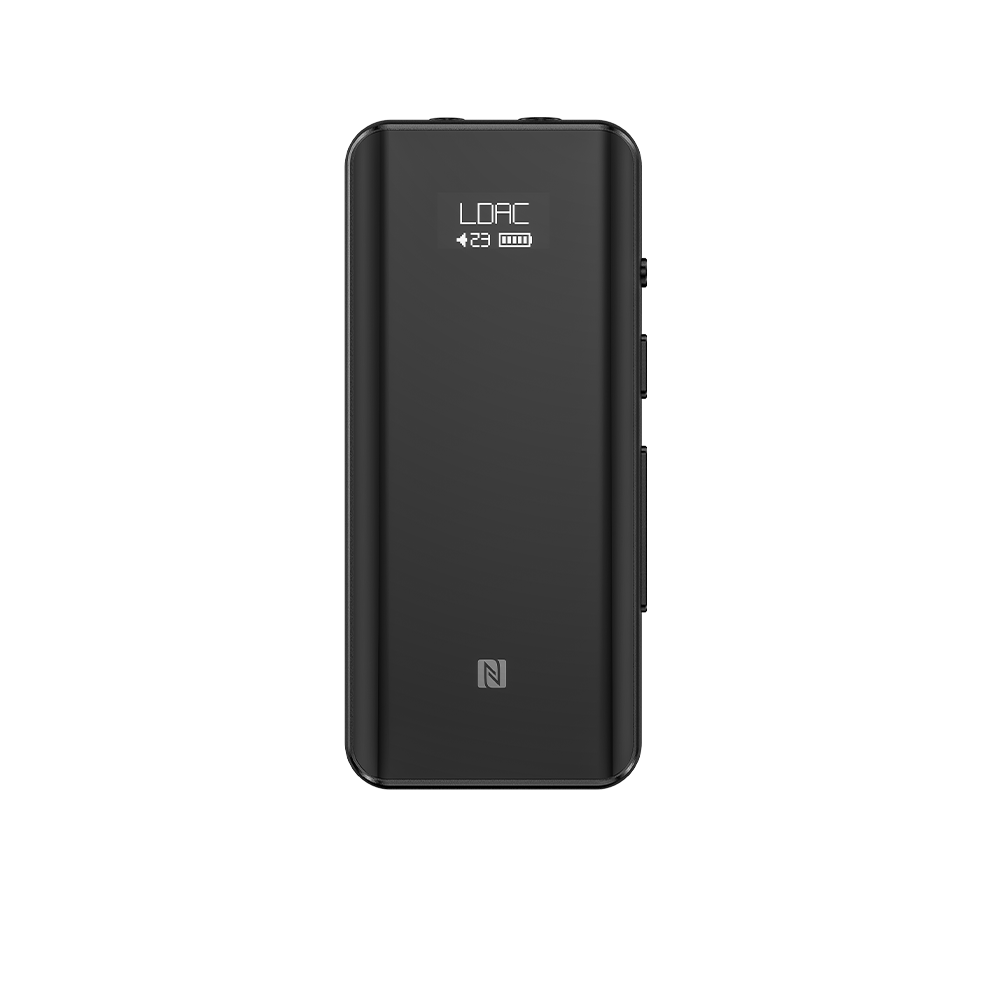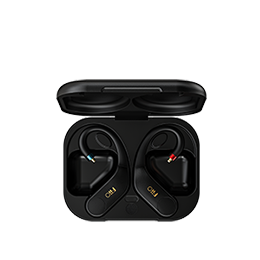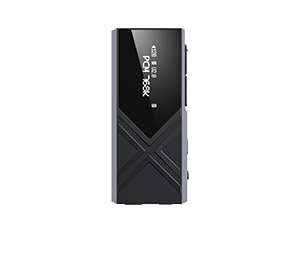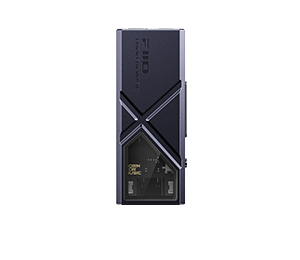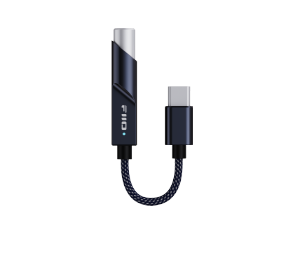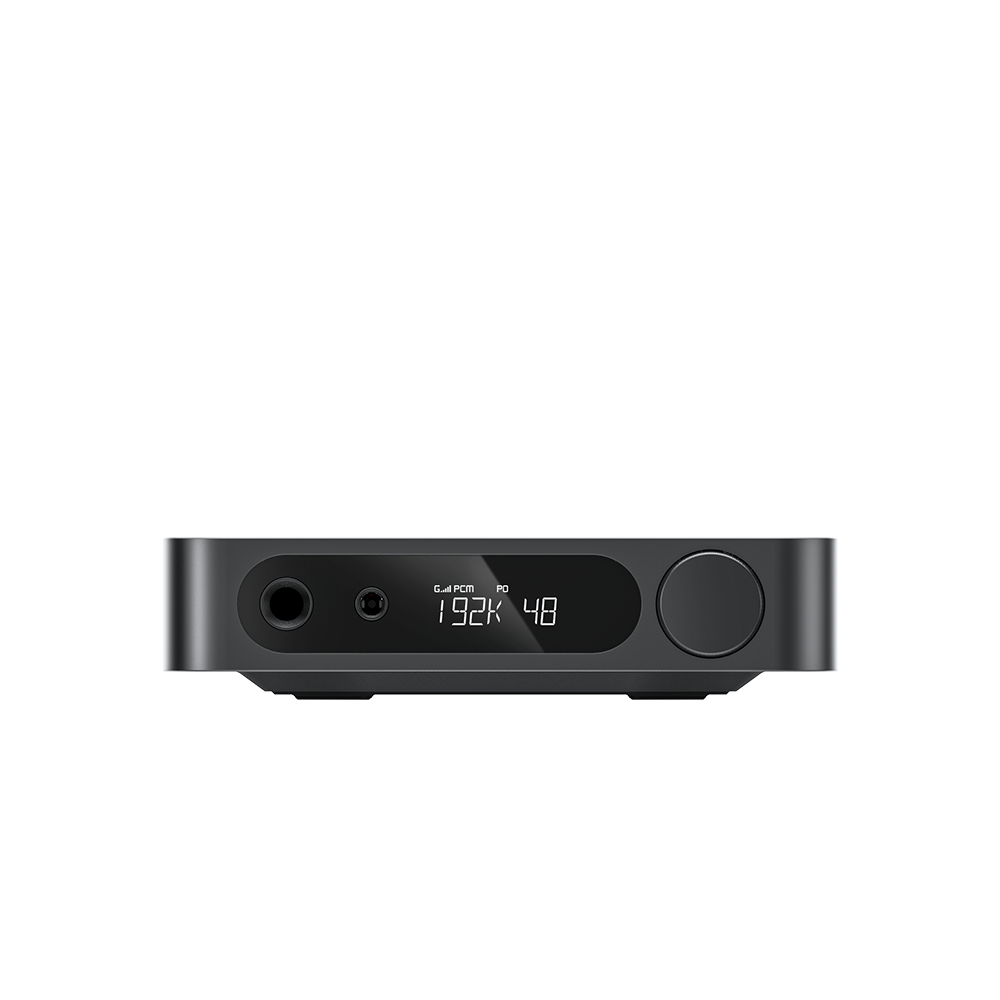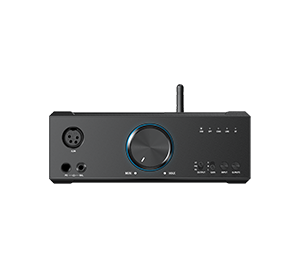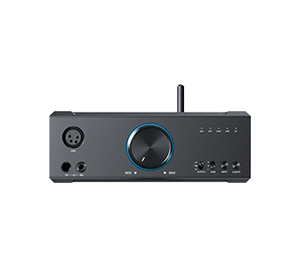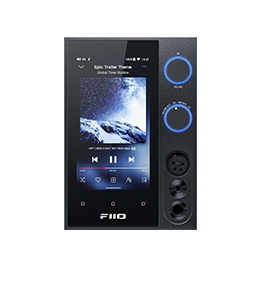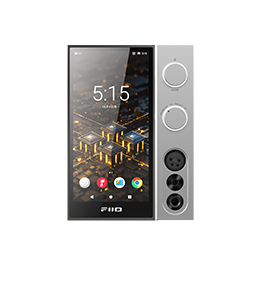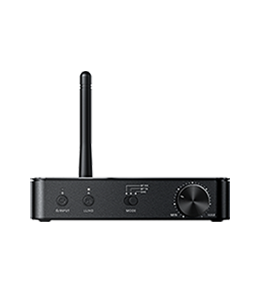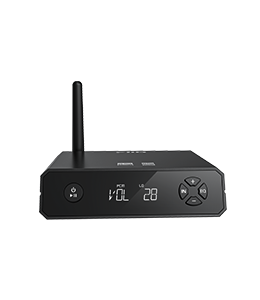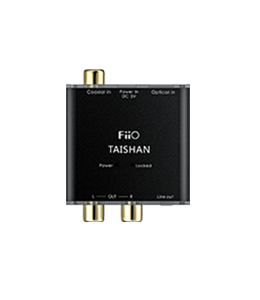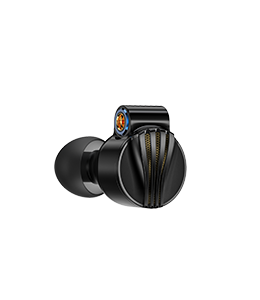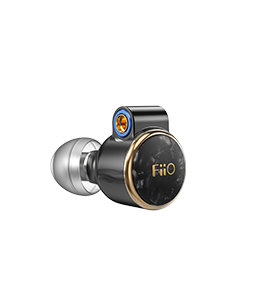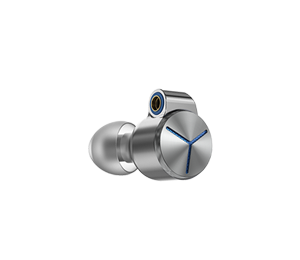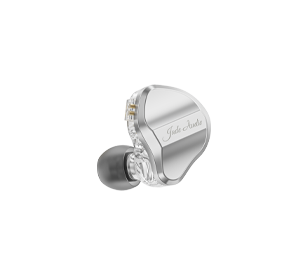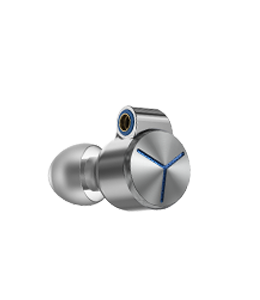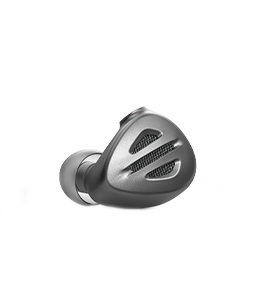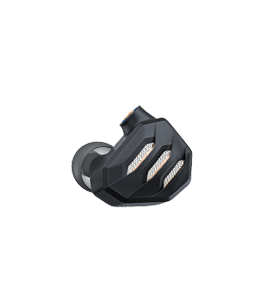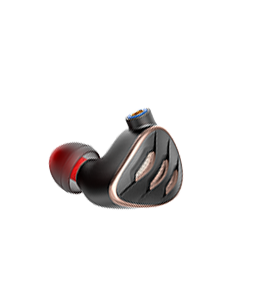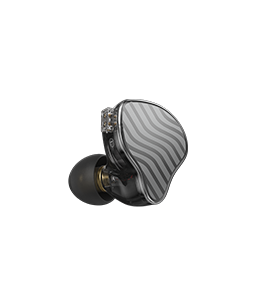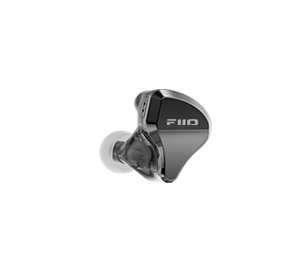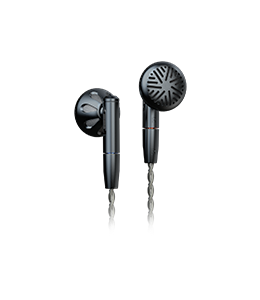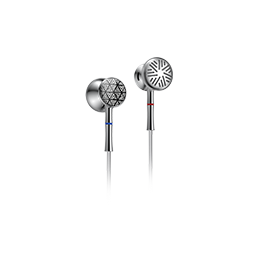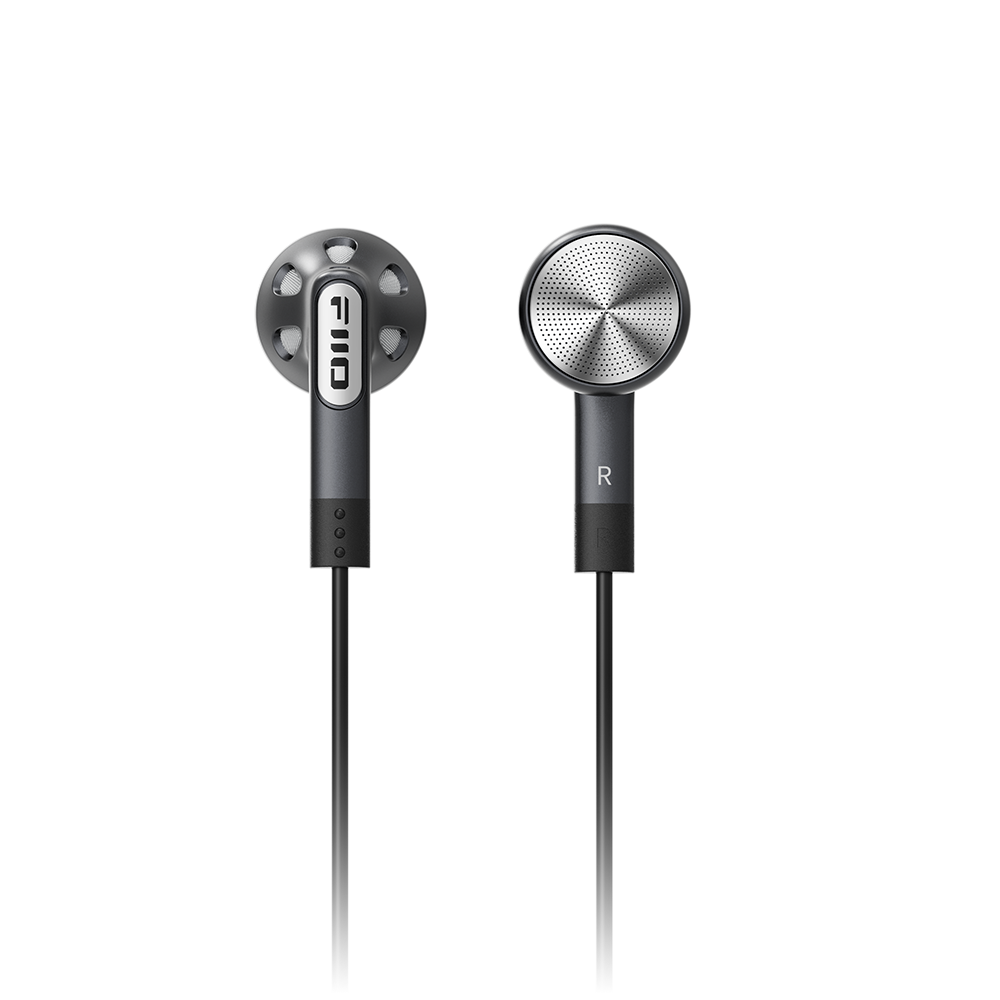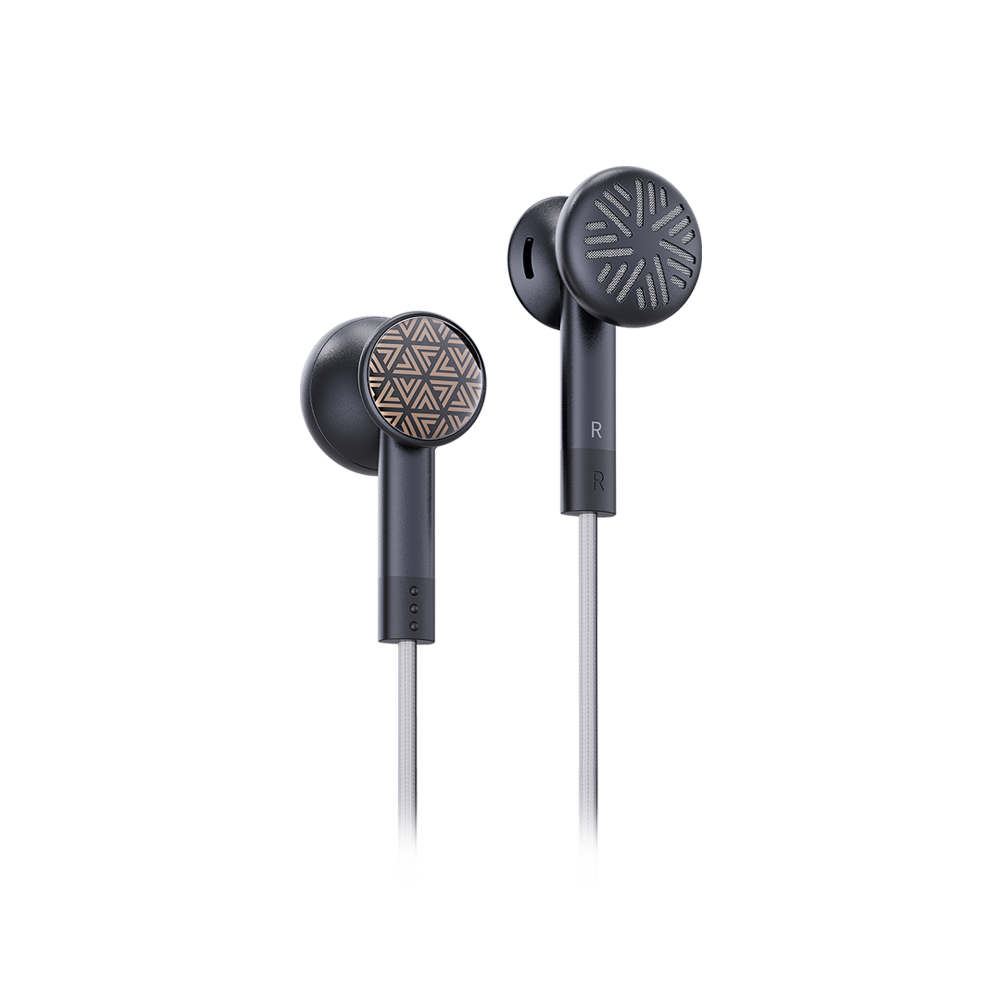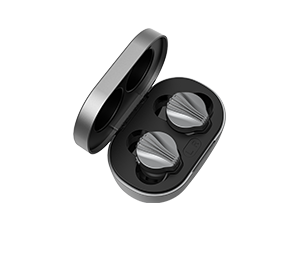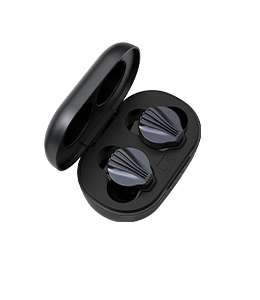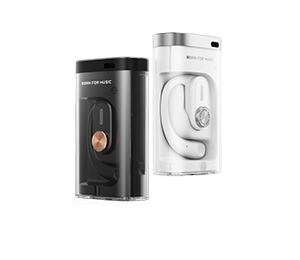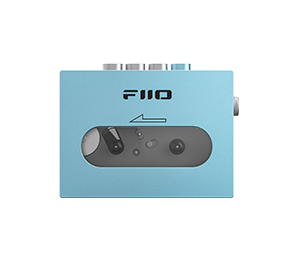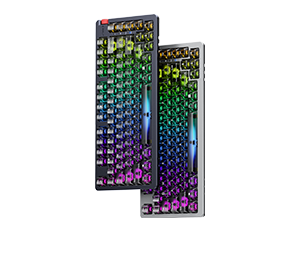X1 EXTRA
Author:Faiza Chunara
Review from:Hi-fi world.co.uk
→→ Read the original article on Hi-fi world.co.uk: >> Click here

Noel Keywood reviews FiiO's latest X1 portable digital audio player – and finds it gives you more, for less.
Gentlemen, set fire to your engines. When you do, FiiO’s new X1 will switch on, they say. I didn’t try to “ignite” my car’s engine – as advised on their website – to find out but I did try out the rest of this new budget player – and came away impressed.
The X1 2nd Gen as it is called is small, light – and at just £100 will not stretch anyone’s budget. This new portable, digital audio player (DAP) will likely be as popular as the first X1 by offering a financially painless way into high quality audio on the move. I use the Astell&Kern AK120 player in my pocket as a hi-res CD player so have a particular view on DAPs. The X1 2nd Gen didn’t meet my requirements – but boy was it good at the price. Here’s a lovely, if limited player.
The tiny X1 is top-pocketable: yes, like Astell&Kern’s original AK100, the X1 2nd Gen is small and light enough to fit a shirt pocket, measuring 55mm wide, 97mm high and 12mm deep. On our scales weight came in at 111gms, where 180-220 gms is common. It will drive one pair of headphones, into which it can deliver a healthy 1.5V measurement showed – and this is more than enough to go very loud. One fifth as much was once a common maximum, to prevent hearing damage, but these days esoteric headphone designs are appearing that are insensitive and need more (Oppo and Audeze magnetic planars); the X1 drove my Oppo PM1s easily.
The headphone socket doubles as a Line output, fixing volume to maximum (1.5V); an external volume control then provides signal attenuation. This means the X1 provides less volume than a CD player (2V) but technically this is no big issue – just turn amplifier volume up. Note that the headphone port is on the bottom of the player, not the top as is usual – not something I see as especially convenient, especially for shirt pocket use.
A microUSB port provides a charging and file loading connection, through the usual microUSB2 to USB2 Type A plug – cable supplied. A menu option switches this from file loading (mass storage) to operation with a car system (In-Vehicle mode), but this only switches the player on and off; it doesn’t send music to the car’s audio system. To do that, FiiO say, connect the player’s analogue line out to the car’s analogue line in, assuming it has one.
Or use wireless Bluetooth, since the new X1 has this also. If your car has it, then it might work. One user on the FiiO website said this did not work but I paired our player with an Audiolab M-ONE amplifier successfully. aptX compression is not used at present but may come later, FiiO say.
As with the previous X1 there is no digital output – and this is where I pass. For home and office use I need a digital output to link into a hi-fi DAC so the portable can be used as a high-resolution CD player in effect. If you want this, then an X3 is the way to go perhaps.

The headphone socket is on the base, not the top plate, accompanied by microUSB charging/file loading port and microSD card slot.
An on-off switch and rocker style volume control complete the control complement. Switch on measured 18 seconds – quite quick.
There is no on-board memory: a microSD card up to 256GB is supported and must be bought separately; FiiO recommend SanDisk. It must be FAT32 formatted, which the player can do on-board. I updated Firmware V1 to V1.3.3 easily and quickly – and with a Mac no less. This surprised me because Mac desktop files often frustrate the process – and the X1 does not hide their presence when music is uploaded, an annoying inability because unplayable files preceded by an underscore litter the music file list as a result. Best to upload from a PC to avoid this.
The X1 always was easy to use and it remains so. Although the 2in screen is a bit small and none too high in resolution at 320x240 pixels it is readable (text size can be altered). There’s an equaliser and plenty to fiddle with if you are so inclined; I run players in vanilla form.
I was surprised to find that Apple losslessly compressed files (ALAC) are handled but not Apple Interchange File Format (aiff) files, a peculiar omission that may well be down to licensing problems/costs. Otherwise, the X1 plays all common file types up to 24/192 but not DSD – as you might expect at the price.
Play time is quoted as 12hours from the 1800mAh internal rechargeable battery.
SOUND QUALITY
FiiO use a Texas Instruments PCM5242 DAC and Intersil ISL28291 headphone amp on this player and measurement showed they have been flawlessly applied.
Sound quality of budget players like this does not usually wow me, the original X1 sounding smooth and mild, but not as punchy as more expensive players. FiiO have done something about this because I was surprised to be immediately impressed by the sound of the X1 2nd Gen. It now has strong and tuneful bass with considerably more punch and depth to it than I remember when playing my usual Rock test tracks including The Eagles, where the bass line behind 'Busy Being Fabulous' jumped forward in the mix and gained an extra octave of downward extension. Together with a smooth and open midband and quite sparkly upper treble (Philips Fidelio X1 phones) this was as good as I have heard from what is a CD rip.
With higher resolution rock such as Fleetwood Mac’s 'Dreams' (24/96), Mick Fleetwood’s opening drum roll was fast, well-defined and punchy. Fine strumming had guitar strings sounding delicate and well-resolved in the left and right earpieces. And the bass line was easy to follow – due to lack of wallow.
With classical the X1 had great presence with large-scale performances like 'Mars' from Holst’s The Planets. The stage was wide and kettle drums thunderous, making the centre of my head reel from their impact.
With a good sense of air and space around the orchestra I think no-one would come away anything other than impressed by this little player. I was quite taken back.
CONCLUSION
The new X1 2nd Gen is a great little player. The user interface is readable and does its job well enough. Firmware upgrade was a doddle – unusual.
Sound quality was superb and the player’s underlying engineering flawless. It has niggling limitations, Mac desktop file presence being unnecessary, since it is fixable in software. This apart the X1 2nd Gen is still a great way into high-quality portable music playing, providing you don't want a wired high-resolution digital output.
FiiO X1 2nd Gen £100

OUTSTANDING - amongst the best
VALUE - keenly priced
VERDICT
Top quality sound at a minuscule price. Small and simple too. Excellent.
FOR
- small and light
- punchy sound
- low, low price
AGAINST
- no digital output
- shows Mac desktop files
- no aiff or DSD play

Rohde&Schwarz UPV – the world's most advanced audio analyser – and used in all tests here.
MEASURED PERFORMANCE
Frequency response of the FiiO X1 2nd Gen measured flat to 52kHz (-1dB) with a 192kHz sample rate digital signal, so it has plenty of analogue bandwidth, and it is flat across the audio band as our analysis below shows.
Output measured 1.5V, more than enough to drive even insensitive headphones loud. Line output was identical to Headphone; the volume control is bypassed.
Distortion was very low at 0.05% (24bit, -60dB) and our analysis shows a lack of noise and distortion components – an unusually good result for any portable player, let alone a budget one. As a direct result the all-important dynamic range value measured 112dB, little less than Texas Instruments quote for their DAC (114dB) so the little X1 exploits this chip well.
The X1 2nd Gen measured very well in all areas and was surprisingly strong in critical ones such as distortion and dynamic range, suggesting very good sound quality. NK
Frequency response (-1dB) 6Hz-52kHz
Distortion 24bit
0dB 0.003%
-60dB 0.05%
Separation (1kHz) 92dB
Noise (IEC A) -113dB
Dynamic range 112dB
Output 1.5V
FREQUENCY RESPONSE

DISTORTION







